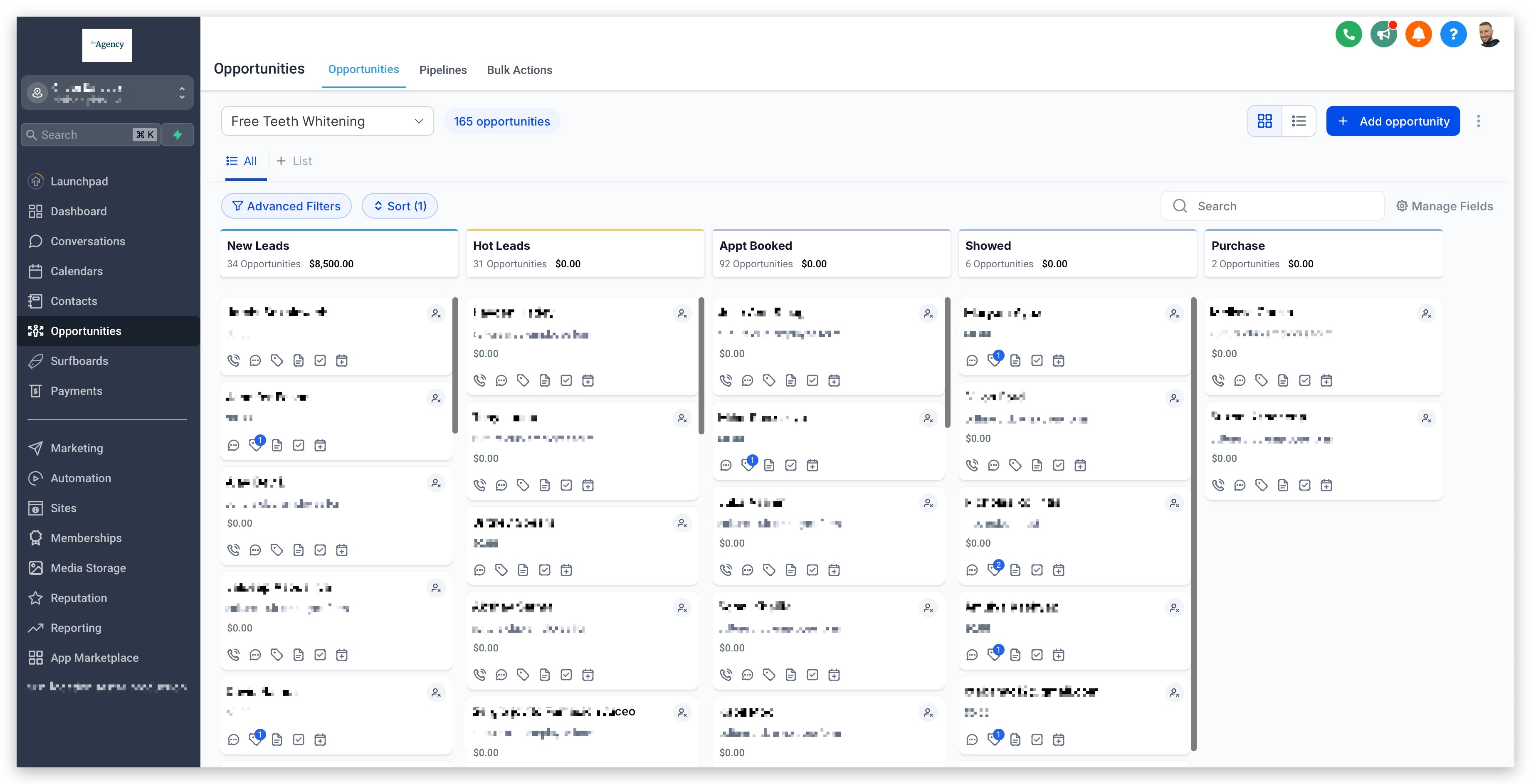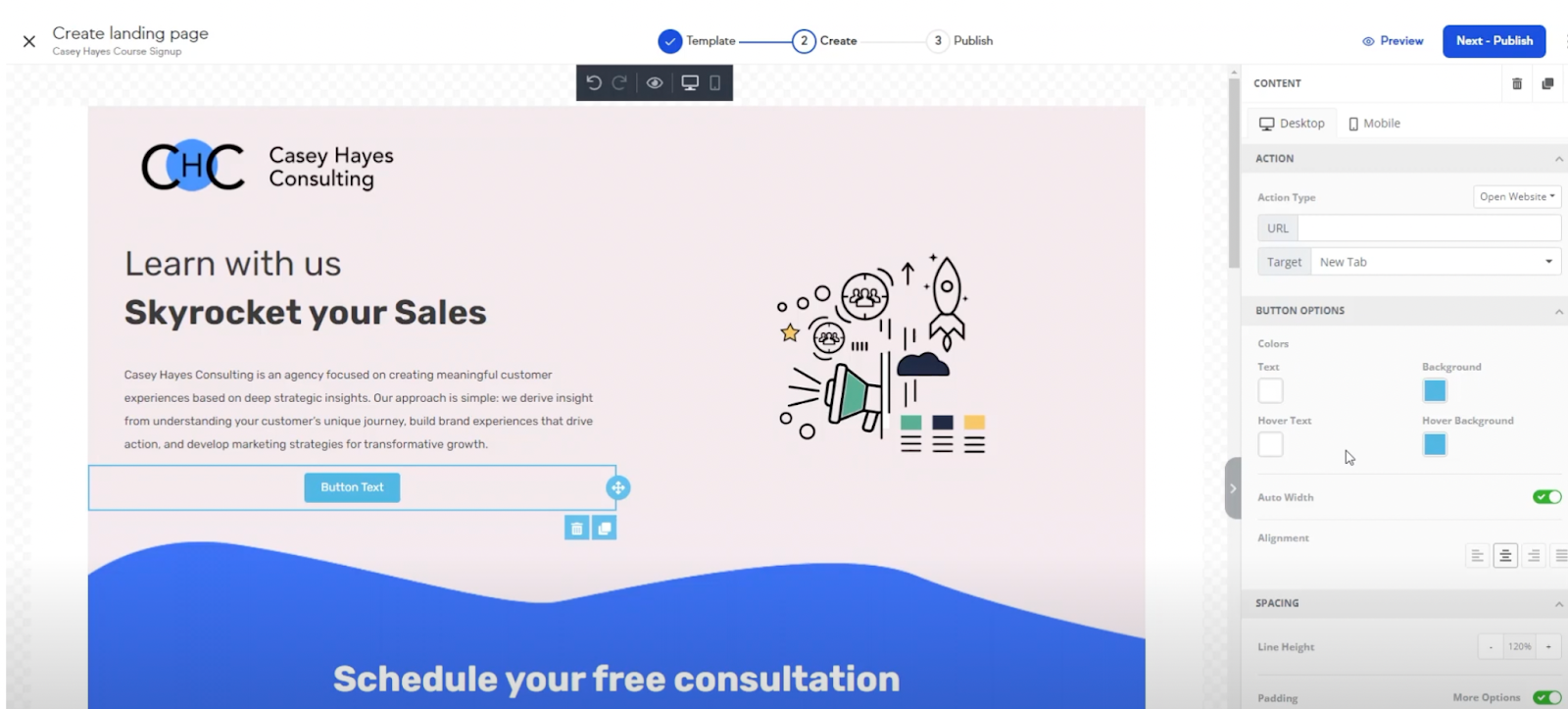Prepare for Migration
Step 1: Review Current Setup
Identify Key Assets: List all critical assets, including contacts, custom fields, pipelines, automations, and landing pages.
Document Workflows: Note down all automation sequences, campaigns, and other workflows that are essential for ongoing operations.
Evaluate Data Volume: Assess the amount of data (contacts, custom fields, automations) that needs to be migrated.
Step 2: Define Migration Objectives
Set Clear Goals: Identify the key reasons for migrating to the software, such as enhanced automation capabilities, integrated CRM, or improved pricing.
Prioritize Critical Features: Focus on migrating the most critical features first to ensure uninterrupted operations.
Step 3: Prepare Backup
Export Data: Export all necessary data, including contact lists, custom fields, and automation sequences.
Backup Data: Ensure all exported data is securely backed up before starting the migration process.
Migrate Contacts & Custom Fields
Step 1: Export Data
Export Contacts:
Navigate to Contacts > People.
Select the contacts you want to export or use the Select All option.
Click Export and choose to download the contact data as a CSV file.
For large exports (over 1,000 contacts), enter your email address to receive a download link.
Export Custom Fields: Document or export all custom fields associated with contacts and companies. Note that custom fields need to be recreated manually in the software.
Document Automation Rules: Record all automation sequences, triggers, and actions by taking screenshots or documenting them manually.

Step 2: Import Data into the software
Import Contacts:
In the software, go to Contacts > Import Contacts and upload the CSV file exported from Keap.
Map the custom fields from Keap to the software during the import process.
Recreate Custom Fields:
Navigate to Settings > Custom Fields in the software.
Recreate each custom field from Keap, ensuring to match the field types appropriately.
Recreate Tags: In the software, manually create any tags used in Keap to ensure accurate contact segmentation.
Migrate Pipelines and Deals
Step 1: Review Existing Pipelines
List Active Pipelines: Identify all active pipelines, including the stages and associated deals.
Document Deal Information: Note down all key details associated with each deal, such as deal value, stage, and associated contacts.

Step 2: Recreate Pipelines in the software
Set Up Pipelines:
Navigate to Opportunities > Pipelines in the software.
Create pipelines that correspond to those in the previous system, adding the same stages and settings.
Manually Transfer Deals: Recreate each deal in the software by manually entering the deal information, ensuring to match the deal stage and contact association.

Migrate Automations and Campaigns
Step 1: Review Existing Automations
List Active Automations: Identify all active automations, including email sequences, tags, and triggers.
Document Automation Flows: Take detailed notes or screenshots of each automation flow to facilitate recreation in the software.
Step 2: Recreate Automations in the software
Build New Workflows:
Go to Automation > Workflows in the software.
Recreate the automations from the previous system, using the software’s triggers, conditions, and actions to achieve similar results.
Test Workflows: Test all recreated workflows thoroughly to ensure they function correctly, making any necessary adjustments.

Migrate Landing Pages and Forms
Step 1: Recreate Landing Pages in the software
Rebuild Landing Pages: Use the software’s Funnel & Website Builder to recreate landing pages from the previous system. Ensure that the design and content closely match the original landing pages.
Add Forms: Embed forms into landing pages as required, ensuring they capture the necessary lead information and trigger the correct tags or automations.
Step 2: Customize Forms
Recreate Public Forms:
In the software, navigate to Funnels & Websites > Forms and recreate the public forms.
Customize the form fields and settings to match those used in the previous system.
Configure Form Actions: Ensure that form submissions in the software trigger the correct tags and workflows, similar to the setup in the previous system.

Migrate Appointments and Calendars
Step 1: Review Existing Appointments
List Active Appointment Types: Identify all existing appointment types and associated settings, including reminders and integrations.
Document Appointment Settings: Note down all key settings related to each appointment type, such as duration, availability, and reminders.
Step 2: Recreate Appointment Types in the software
Set Up Appointment Types:
Navigate to Calendars > Appointment Types in the software.
Recreate each appointment type, including all relevant settings like duration, location (Zoom integration), and availability.
Integrate External Calendars: Integrate Google or Outlook calendars with the software to ensure all appointments are synced and conflicts are avoided.

Final Checks and Training
Step 1: Perform Final Data Validation
Cross-Check Data: Verify that all data has been successfully migrated, including contacts, pipelines, automations, and landing pages.
Validate Workflows: Ensure that all workflows and automations are operational in the software.
Step 2: Train Team Members
Software Training: Provide necessary training to your team on using the software’s CRM, automation, and appointment management tools.
Leverage Support Resources: Encourage your team to utilize the software’s support resources for ongoing learning and troubleshooting.
Step 3: Monitor and Optimize
Monitor Performance: Continuously monitor the performance of your software setup, making adjustments as needed to optimize operations.
Continuous Improvement: Regularly review your setup to ensure it meets your evolving business needs.

Decommissioning Keap
Step 1: Transition Period
Run in Parallel: Consider running both Keap and the software in parallel during the transition to ensure no disruptions in operations.
Gradual Phase-Out: Slowly reduce reliance on Keap as you become more comfortable with the software.
Step 2: Cancel Keap Subscription
Final Data Backup: Ensure that all necessary data is securely backed up before canceling your Keap subscription.
Official Cancellation: Follow Keap’s process to cancel your subscription and terminate any associated services.
Step 3: Post-Migration Review
Review Success: Evaluate the success of the migration, documenting any challenges faced and lessons learned.
Ongoing Monitoring: Keep an eye on your software setup post-migration to catch and resolve any issues promptly.

Was this article helpful?
That’s Great!
Thank you for your feedback
Sorry! We couldn't be helpful
Thank you for your feedback
Feedback sent
We appreciate your effort and will try to fix the article